#Zagros
Photo
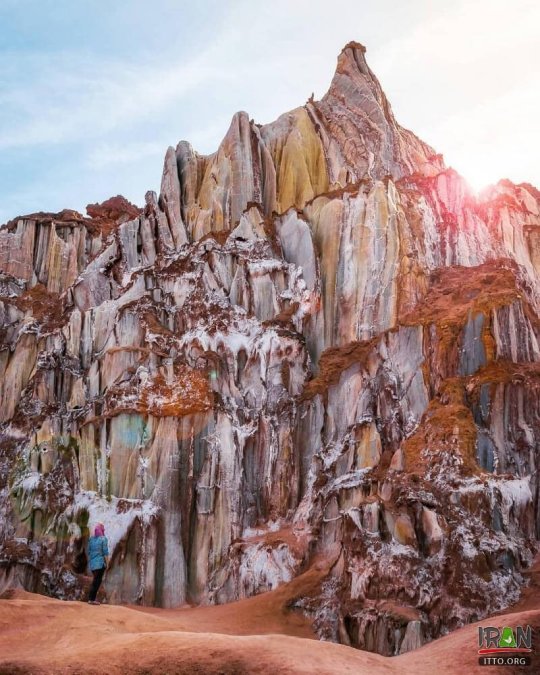
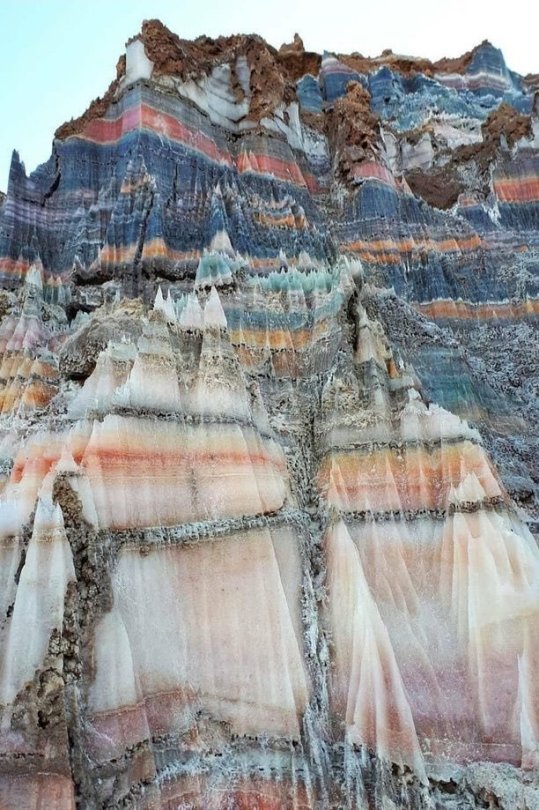

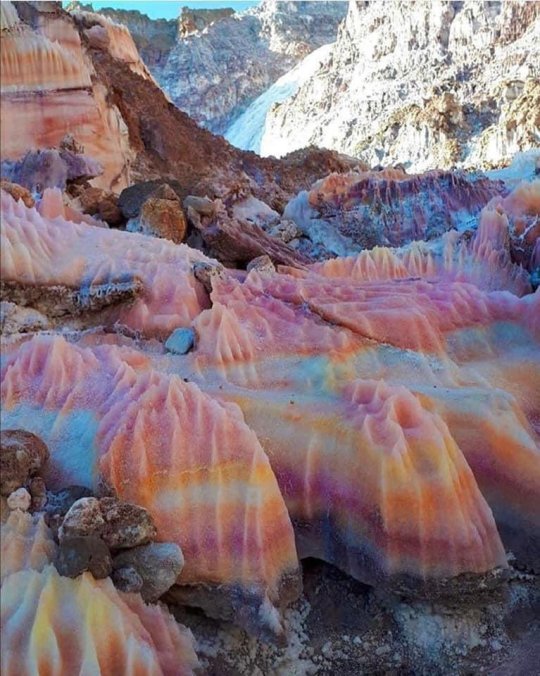
10 notes
·
View notes
Text
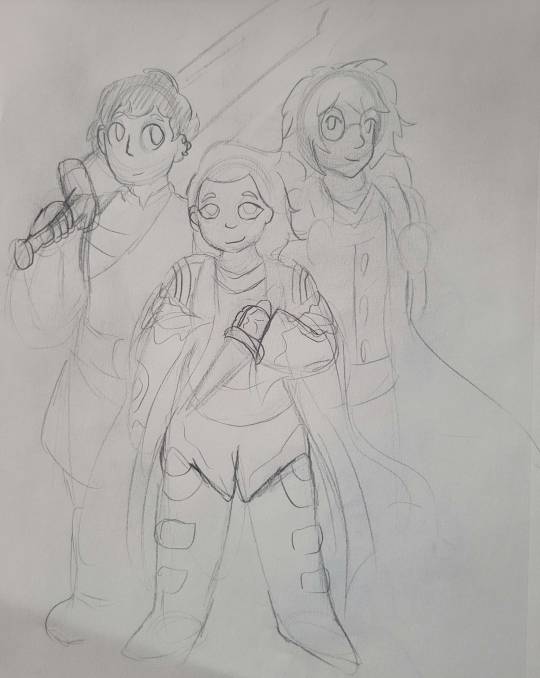
A villain's reicarnation, a hero's reincarnation, and just some fuckin' person who doesn't believe in that shit go on a journey...


it's SO funny by the way
#keiseri#luristan#zagros#the character names if i draw them more haha#cap's character is luristan#because fuck you that's why (pix and cap power hour)
1 note
·
View note
Text

#IFTTT#Flickr#کوردستانی#کورد#kurdistan#کوردستان#land#democratic#party#koerdistan#kurdistani#kurdistán#kurdistanê#zagros#zoregva#zazaki#zaxo#zindî#azadî#azmar#xebat#xaneqînê#christianity#cegerxwin#van#love#mahabad#music#arbil#democracy
0 notes
Photo
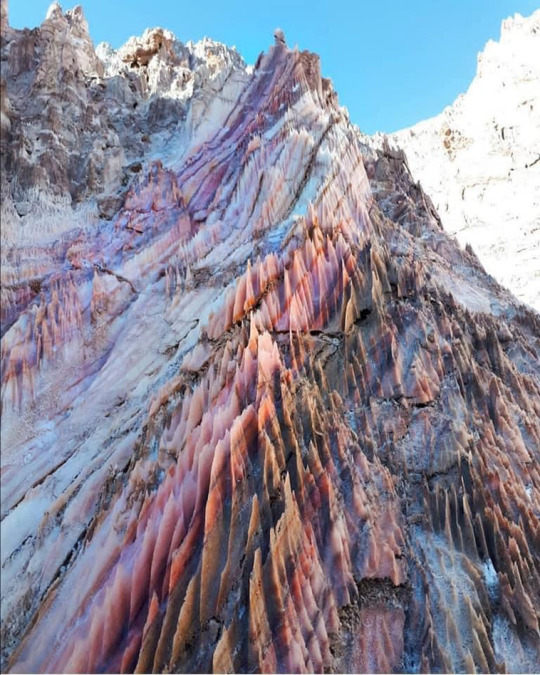
Salt Domes And Salt Glaciers of Zagros Mountains, Iran
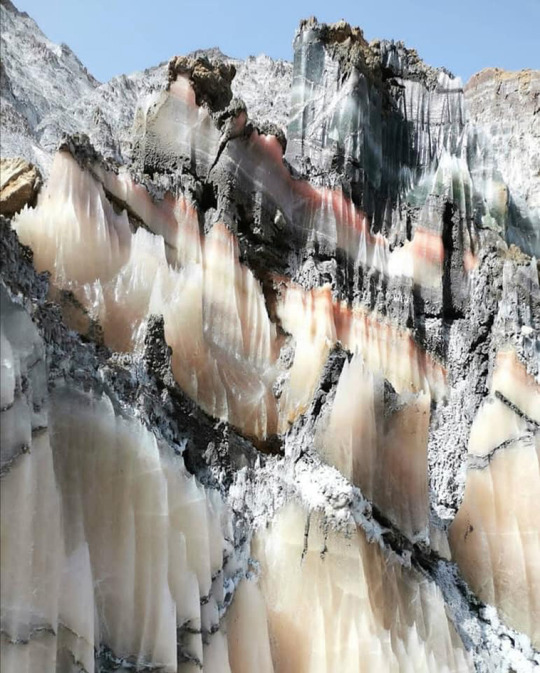



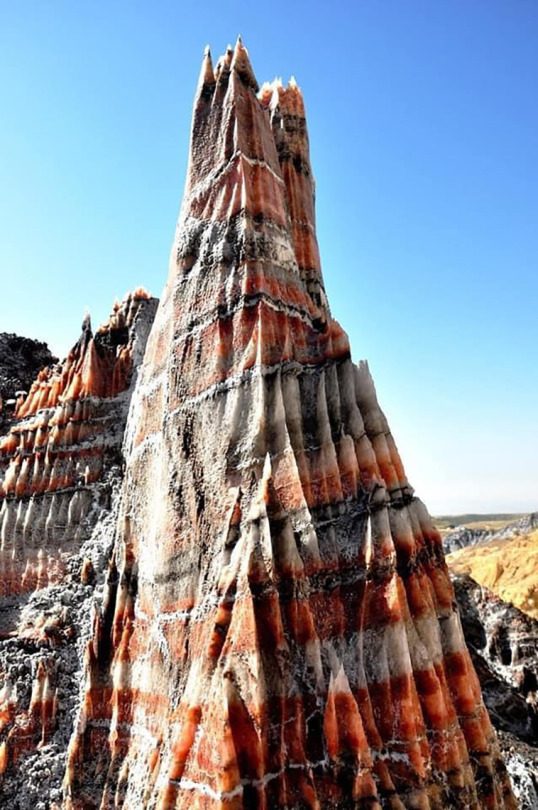
1K notes
·
View notes
Text
hellos film enthusiasts, until the 31st of this month you can watch 15 kurdish films here, online with english subs, for free! have fun <3
a personal recommendation of mine, that i had watched a while ago during another kurdish film festival: love in the face of genocide
#and shoutout to loml mizgin for reminding me 🥰#i had seen the zagros film festival on instagram bc i follow a number of kurdish pages and kurdish film festival accounts#but i had fully forgotten especially since i had been abstaining from insta for ramadan#but yeaaaaaahhhh you got 10/11 days left!!!! use it#nesi rants#kurdish#i have also seen azad which is available. a short lovely heartbreaking movie. cant speak on the rest
45 notes
·
View notes
Text
https://www.archaeology.org/issues/489-2211/digs/10889-digs-kurdistan-fortress
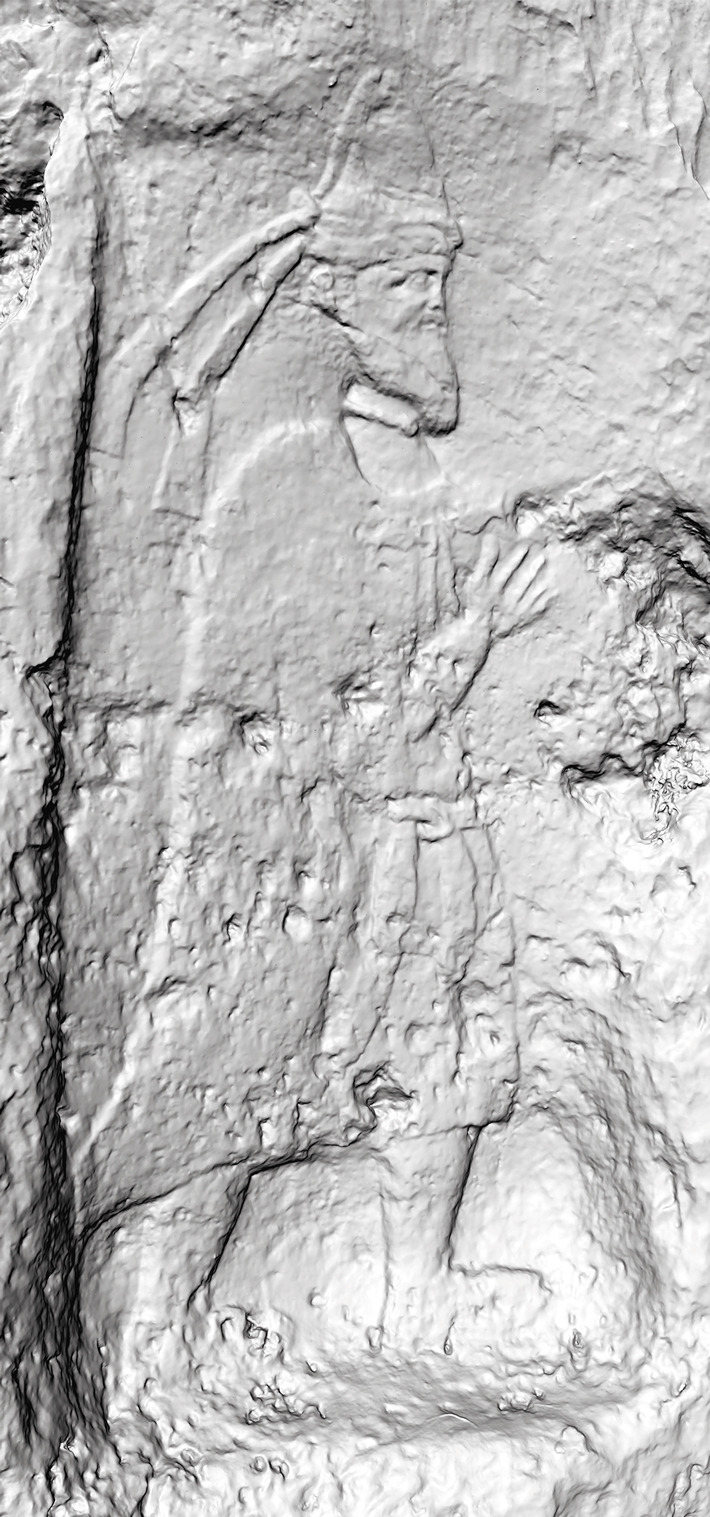
Amazing. A city built in the mountains - very similar, on first glance, to Macchu Picchu.
22 notes
·
View notes
Text

cleared out all the piled garbage in the living room and unearthed the last two levels of the display
new crackship zagreusxzoro 🤟🏽
#taking reference frm that artist who draws sasuke x zoro unironically and the art is absolutely stunning lolol#zogreus or?? zagro?#ZAAGRO IS SO FUNNY like aggro#works out#bonus marco hehe
10 notes
·
View notes
Photo

a jornalista e exploradora marguerite harrison compartilha uma refeição com um grupo de homens bakhtiari, habitante das regiões montanhosas da cordilheira de zagros no oeste do irã.
20 notes
·
View notes
Text
A treasure was found,by accident.
TEHRAN –Two climbers have found a rock-carved bas-relief on their way near the UNESCO-registered Pasargadae, southern Iran.

“Two climbers came across this inscription while climbing on their way near Tangeh Bolaghi in the Pasargadae region,” a local official in charge of the protection of cultural heritage said on Wednesday.
They immediately informed officials of the Pasargadae, the World Heritage site, Mehr reported.
“These two mountaineers, who asked not to be named, considered the historical relics to be a part of the past of this region, which belongs to all Iranians, and efforts should be made to preserve and protect them.
Experts say the inscription, which dates from the Sassanid era, is actually a dedicatory letter that informs about the construction of a bridge, dam, and road, and a blessing has been prayed for its builders.
Inscribed on a rack piece measuring 90 by 40 cm, the relief bears three separate texts with the same themes, all in the Pahlavi script.
Tangeh Bolaghi is an archaeologically significant valley, consisting of 130 ancient settlements, dating back to the period between 5,000 BC and the Sassanian dynastic era (224-651 CE). It is situated in the southern province of Fars, some seven kilometers from Pasargadae.
Archaeological research since 2005 has discovered a section of a former royal road connecting Pasargadae to Persepolis, Susa and other regions of the Persian Empire up to Sardis. Excavations have provided archaeologists with a unique insight into the lives of the people living in the Achaemenid dynastic era.
Pasargadae, which began under Cyrus the Great in about 546 BC, maybe more expanded than what is perceived from its ruins. “Archaeological evidence suggests that Pasargadae is beyond what we see. It was a summer residence, a recreational area with many gardens and buildings…,” according to Iranian archaeologist Ali Mousavi.
Situated about 50 km north of Persepolis, Pasargadae was the first dynastic capital of the Achaemenid Empire in the 6th century BC. Its palaces, gardens, and the mausoleum of Cyrus are outstanding examples of the first phase of royal Achaemenid art and architecture and exceptional testimonies of Persian civilization.
Pasargadae developed into a city of some significance until it was superseded by Darius I’s magnificent palace in Persepolis. The key sights on this isolated plain are the Tomb of Cyrus, Darius' Garden, and Cyrus' private palace. Around 500m north of Cyrus’ private palace is the remains of the Prison of Solomon (Zendan-e Soleiman), variously thought to be a fire temple, tomb, sundial, or store. On the hill beyond is the Tall-e Takht–a monumental 6000-sq-meter citadel used from Cyrus’ time until the late Sassanian period. Local historians believe the references to Solomon date from the Arab conquest when the inhabitants of Pasargadae renamed the sites with Islamic names to prevent their destruction.
The 160-ha archaeological site stands as an exceptional witness to the Achaemenid civilization. The vast Achaemenid Empire, which extended from the eastern Mediterranean and Egypt to the Indus River in India, is considered the first empire to be characterized by respect for the cultural diversity of its people. Experts believe that Pasargadae represents the first phase of this development, specifically Persian architecture, which later found its full expression in the city of Persepolis.
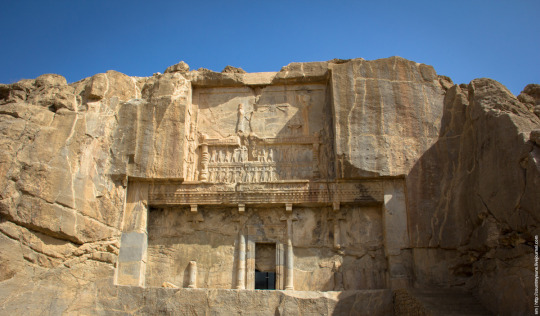
Source:https://www.tehrantimes.com/news/480467/Bas-relief-found-near-Pasargadae-by-accident
#Iran#ancient Persia#Iran Tehran#UNESCO#Pasargadae Iran#Iran Persepolis#پاسارگاد#UNESCO World Heritage#archaelogy#Zagros Mountain#Tangeh Bolagni#Achaemenid Empire#Cyrus the Great Persia#ایران#bas relief#کوههای زاگرس#Achaemenes#Tehrantimes#Cyrus the Great
3 notes
·
View notes
Link

The Gutians arrived in the central Zagros Mountain range of Mesopotamia in the last few centuries of the third millennium BC to raid and disrupt.
#history#historyfiles#ancient history#gutians#mesopotamia#ancient mesopotamia#sumer#sumerians#akkadians#iraq#iraq history#zagros mountains
2 notes
·
View notes
Text
Rome and Roads from the West
Rome and Roads from the West
Episode 17: Rome and Roads from the West
Foundations of Eastern Civilization
Dr Craig Benjamin (2013)
Film Review
I found this lecture valuable due to surprising insights on Roman history I’ve never encountered before.
Benjamin traces the collapse of republican rule in Rome to the economic collapse it experienced following its 16- year battle with the Carthaginian general Hannibal. During his…
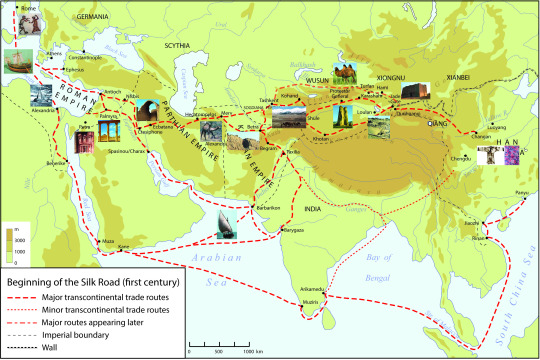
View On WordPress
#augustus#bactria#battle of carrhae#carthage#gaius gracchus#hannibal#indus valley#julius caesar#kushan#octavian#tiberius gracchus#zagros mountains
2 notes
·
View notes
Text
Early humans lived on Iranian Plateau for 20,000 years after leaving Africa, study suggests
TEHRAN – Following the exodus from Africa around 70,000 years ago, early humans established a significant presence on what is now known as the Iranian Plateau, according to a new study.
As Homo sapiens migrated out of Africa, they left minimal evidence of their movements until resurfacing in Eurasia 20,000 years later. This leaves a puzzling question: where did they reside during this interval?…
View On WordPress
#africa#ancient#anthropologist#archaeologist#archaeology#Eurosia#Fossils#homo sapiens#hunter-gatherer#Iran#Iranian plateau#live science#out of Africa#Persian plateau#study#West Asia#Zagros Mountain
0 notes
Text

Zagros Mountains, Iran
Amir Deljouyi
0 notes
Text

I would find it difficult- and as a very religious man, I do not say such a thing lightly- to find better evidence for the existence of a benevolent Creator than this photograph.
0 notes
Text
Kamāncha is smoothly landing on a Kurdish musical mode from Zagros mountain. Moments from my performance at "Ottawa Kurdish Cultural Forum" event in October 2022 🔥
1 note
·
View note